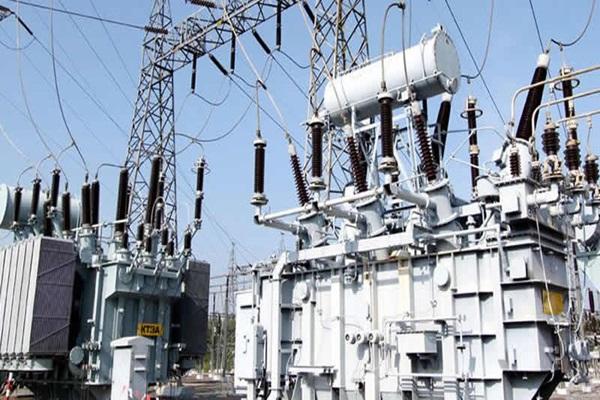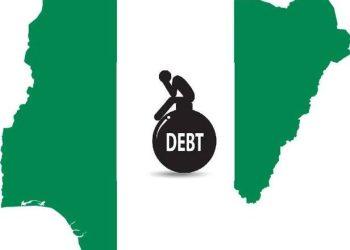To address the recurrent collapse of the national electricity grid, the Federal Government has opened it up for private sector participation, declaring the infrastructure “too large and weak” for government funding alone.
Minister of Power, Adebayo Adelabu, made this known yesterday during the 2025 Ministerial Press Briefing Series held at the Radio House in Abuja. The session was moderated by the Minister of Information and National Orientation, Mohammed Idris.
Adelabu announced the government’s decision to unbundle and privatise aspects of the national grid in a bid to improve power delivery and efficiency.
“The national grid is owned 100 per cent by the government. But I can tell you, with other ministries competing for funds, we cannot fund the national grid alone,” he said. “It is an expanded national grid. It is too large and there are some dedicated lines in which some private investors have expressed interest.”
He explained that the government is currently in talks with interested private firms to handle different parts of the grid, including the construction of new lines, substations, and transformers.
“They will be able to benefit from the proceeds of the willing charges from the Distribution Companies (DisCos) and the Generation Companies (GenCos),” the minister added.
Read also: FG declares April 18, 21 Easter holidays
Adelabu said private sector participation will be facilitated through the Nigerian Independent System Operator (NISO), which will make grid management easier.
Highlighting the country’s power deficit, Adelabu said about 80 million Nigerians—one-third of the nation’s 240 million population—still do not have access to electricity.
On electricity billing, the minister revealed that a significant portion of the sector’s N4 trillion debt stems from government subsidy on electricity consumption. He explained that 85 per cent of the N170 per kilowatt-hour consumed by Bands B to E is subsidised.
Read also: Students loan: FG exposes tertiary institutions shortchanging students through banks
According to him, “Half of the N4 trillion is legacy debt inherited from the previous administration.” He added that discussions are ongoing with the Minister of Finance, Wale Edun, to settle N2 trillion out of the total debt before the end of the year through budgetary allocation and other instruments.
Adelabu also pointed out that the lack of cost-reflective tariffs from the 11 electricity distribution companies has discouraged investment in the sector.
Turning to metering, the minister said Nigeria currently faces a metering gap of about seven million consumers, which the government aims to close through various initiatives.
“The rate at which we want to move in meter acquisition and procurement, [local manufacturers] don’t have the capacity.
“What we have, 90 per cent of them are assemblages,” he said.
“They assemble completely knock-down parts, CKDs, or semi-knock-down parts, SKDs. They are not full manufacturers. Local content ranges from 10 to 40 per cent.”
He disclosed that the Presidential Metering Initiative is backed by a N700 billion allocation, with a target of procuring 1.1 million meters this year alone.
“The procurement process has started, I can assure you, and we have a plan for two million meters annually for the next five years,” Adelabu said. “If we add two million meters annually, it’s 10 million meters, plus 1.1 for this year, that’s 11.1 million meters.”
To support this effort, the World Bank-funded Distribution Sector Recovery Programme (DSTREP) will contribute over 3.2 million meters, including 75,000 meters that arrived this month and 200,000 more expected in May.
“Before the end of this year, 1.3 million meters will come from the World Bank-funded DSTREP programme,” he added.
On power generation and transmission, the minister said output peaked at 6,003 megawatts last month, with 5,801 megawatts successfully evacuated.
He gave a breakdown of the national transmission infrastructure, describing it as “a wide network of electrical installations across the length and breadth of the country.”
According to him, the grid spans over one million square meters of land mass and includes 92 lines of 330kV covering 9,504km and 141 lines of 132kV extending 8,558km. These lines are interconnected through over 250 substations.
“We have 91 power transformers of 330kV voltage level with 14,978 MVA capacity and 392 transformers of 132/33kV providing 19,238 MVA capacity. That’s almost 35,000 MVA,” he said. “Do you know what 1MVA means? It means two 500kV transformers combined. So, it’s a huge grid to cover over 200 million people.”
Despite the scale, he lamented the grid’s poor maintenance and expansion history. “So, it is old,” he stated.









